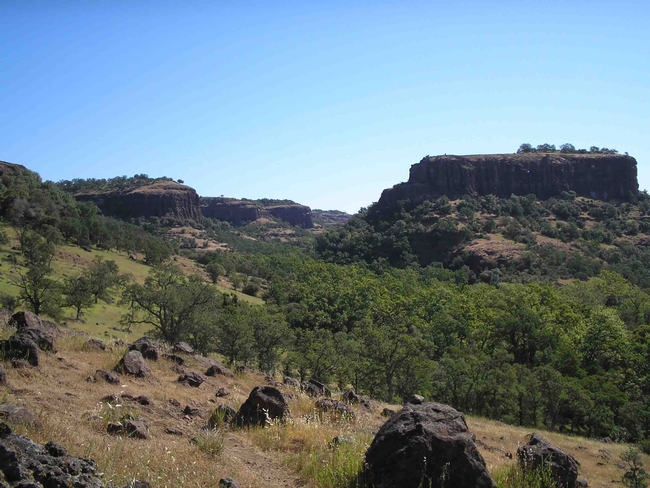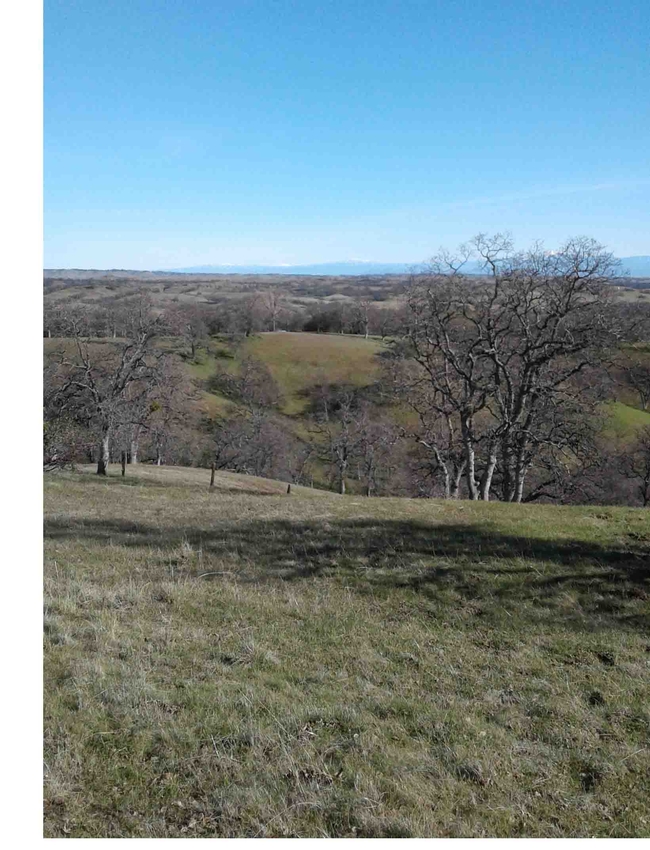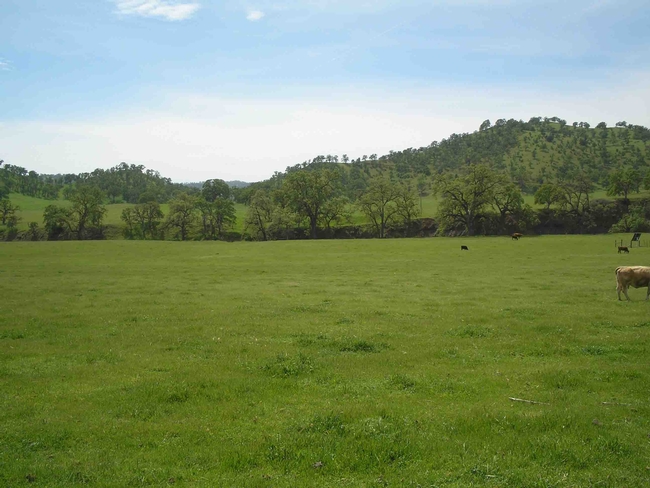You may have noticed that blue oaks are turning brown in the foothills right now. They aren't dying – they are utilizing an adaptive strategy that they have evolved over time to thrive in their challenging environment.

Some species cooperate by sharing resources. For example, in Tortuguero, a tiny strip of beach along the northeastern shoulder of Costa Rica, four separate species of sea turtle lay their eggs each year. They migrate to the beach at different times, ranging from early March to October, and feed on different resources. Millions of turtles, and untold numbers of their babies, have shared the same tiny piece of real estate for eons.
Here in our own backyard, there are species that have evolved to exploit ecological niches that very few others claim. These are the various oaks, conifers, and woody shrubs that populate the foothill woodland and chaparral zone of the Western Sierra Nevada and Coast Range mountains. A dominant species in this environmental nook is the blue oak (Quercus douglasii). According to Andrew Conlin, Soil Scientist with the Natural Resources Conservation Service (NRCS), “the presence of blue oak woodlands indicates really rough growing conditions: shallow, tough soils” as opposed to the rich loamy soils of the valley, which are preferred by valley oaks.
Quercus douglasii also goes by a number of other common names, including white oak, mountain oak, mountain white oak, and iron oak. But it acquired its most familiar and descriptive common name from the same person from whom its Latin binomial (scientific name) is derived. In 1831 David Douglas, a Scottish botanist, christened it the blue oak for the bluish cast of its deeply lobed leaves. (A digression: Douglas, for whom the Douglas-fir and hundreds of other western plants are named, lived from 1799 to 1834. He made three trips to the American Northwest between 1823 and 1831, encountering the blue oak on his last trip while traveling from the Columbia River in Oregon to San Francisco. He died under curious circumstances, apparently after falling into a bull trap while climbing Mauna Kea in Hawai'i.)

Surviving Drought and Fire:
Adaptations to survive the long, hot, dry summers and sparse winter rains of our Mediterranean climate include thick leaves with a bluish-green color. According to the US Department of Agriculture (USDA), blue-gray-green leaf color reduces heat absorption. During severely hot and dry years, blue oaks will sometimes shed their leaves and go dormant to conserve energy, allowing these tough little oaks to survive temperatures above 100° F for several weeks at a time. Like many plants growing in marginal soils, blue oaks are slow growers, usually increasing only a few inches each year.
A further strategy to survive drought and fire conditions is the blue oak's extensive root system, which allows it to grow through cracks in rocks to depths of 80 feet in order to reach ground water, helping it to survive in fire-prone and arid regions (Blue Planet Biomes).
Although blue oaks can tolerate fast-burning grass fires, they have less success in surviving hotter brush fires, according to University of California Department of Agriculture and Natural Resources (UCANR). If a tree does survive a fire event, it can reproduce both through seeds and by sprouting from burnt stumps. Blue oaks can produce sprouts after a low- to moderate-severity surface fire, and younger trees have the edge on older trees for fire survival odds. On younger trees, the light-colored bark (hence “white oak”) is thick and helps reduce fire damage, the USDA notes, whereas the bark of mature blue oaks is thin and will flake off as the trees age, making older blue oaks less insulated against fire. After a fire, blue oaks can also re-establish from acorns that have dropped from surviving parent trees and/or been dispersed by animals, among other possibilities.
USDA research also reveals that the blue oak's post-fire recovery is likely aided by the fact that it withstands extreme drought by dropping leaves under water stress and producing a flush of new leaves when wet weather returns. In fact, in wet years, crown-scorched blue oaks may produce a flush of new leaves soon after fire.
Native American Uses:

A Plant Guide published by the Natural Resources Conservation Service (NRCS) provides an exhaustive list of the ways California Native Americans used blue oak wood, bark, and acorns, including as “medicine, dyes, utensils, games, toys, and construction materials.” Locally, the Maidu used oak shoots to frame cradleboards and oak posts to construct shelter, and the Yana used an oak paddle in cooking. Traps for birds were baited with acorns, and split acorns became dice for gambling.
Besides providing physical sustenance to native peoples, I imagine that the peaceful beauty of blue oak woodlands fed their souls. Twisted, dwarfed blue oak silhouettes are a classic component of the California landscape. These trees are prime examples of successful adaptation to truly demanding habitat and climate conditions.
Sources and further information:
Calscape: Blue Oak, Quercus douglasii (calscape.org)
Blue Planet Biomes: http://www.blueplanetbiomes.org/blue_oak.htm
UCANR: Welcome - UC Oaks | Oak Woodland Management (berkeley.edu)
NRCS: Quercus douglasii Hook (usda.gov)
UC Master Gardeners of Butte County are part of the University of California Cooperative Extension (UCCE) system. To learn more about us and our upcoming events, and for help with gardening in our area, visit our website. If you have a gardening question or problem, email the Hotline at mgbutte@ucanr.edu (preferred) or call (530) 538-7201.